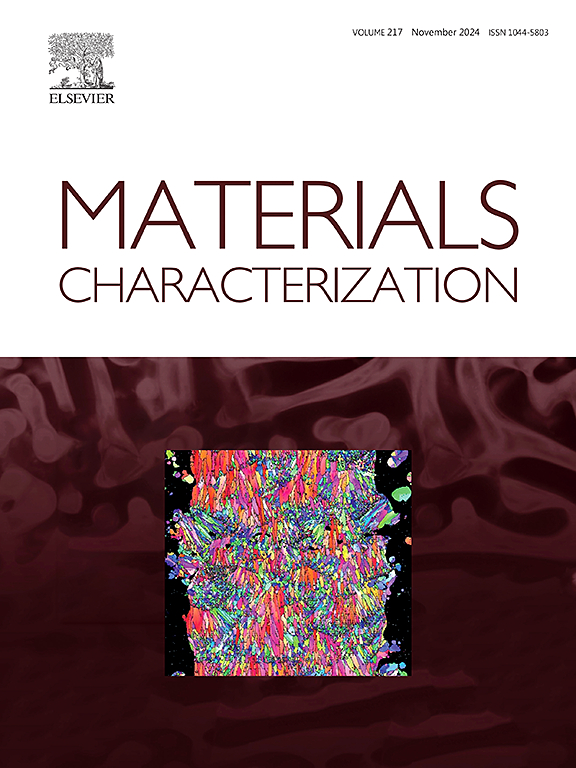Fracture mechanics analysis of anisotropic cleavage fracture caused by transformation-induced microscopic internal stresses in lath martensite
IF 4.8
2区 材料科学
Q1 MATERIALS SCIENCE, CHARACTERIZATION & TESTING
引用次数: 0
Abstract
The anisotropic {001}M cleavage fracture of martensite (M) was evaluated using a cryogenic three-point bending test. The origin of the anisotropy was then investigated in terms of fracture mechanics by considering the effect of microscopic internal stresses caused by the martensitic transformation. The as-quenched lath martensite exhibited anisotropic mode-I {001}M cleavage fracture, even under static fracture conditions. Crystallographic analysis revealed that the cleavage crack predominantly propagated on (001)M. Furthermore, the anisotropic {001}M cleavage fracture was eliminated by low-temperature tempering, which was caused by the loss of anisotropy of transformation-induced internal stresses. The effect of microscopic internal stresses on {001}M crack propagation was analyzed using the extended finite element method (XFEM), with the criterion of the stress tensor in the bcc crystal coordinate system. The XFEM results demonstrate that the anisotropic internal stresses generated by the martensitic transformation can cause anisotropic crack propagation in the mode-I {001}M fracture in Bain units, which is in accordance with the experimental findings. These findings indicate that microscopic internal stresses resulting from phase transformations significantly influence the macroscopic mechanical properties of metallic materials.

求助全文
约1分钟内获得全文
求助全文
来源期刊

Materials Characterization
工程技术-材料科学:表征与测试
CiteScore
7.60
自引率
8.50%
发文量
746
审稿时长
36 days
期刊介绍:
Materials Characterization features original articles and state-of-the-art reviews on theoretical and practical aspects of the structure and behaviour of materials.
The Journal focuses on all characterization techniques, including all forms of microscopy (light, electron, acoustic, etc.,) and analysis (especially microanalysis and surface analytical techniques). Developments in both this wide range of techniques and their application to the quantification of the microstructure of materials are essential facets of the Journal.
The Journal provides the Materials Scientist/Engineer with up-to-date information on many types of materials with an underlying theme of explaining the behavior of materials using novel approaches. Materials covered by the journal include:
Metals & Alloys
Ceramics
Nanomaterials
Biomedical materials
Optical materials
Composites
Natural Materials.
 求助内容:
求助内容: 应助结果提醒方式:
应助结果提醒方式:


